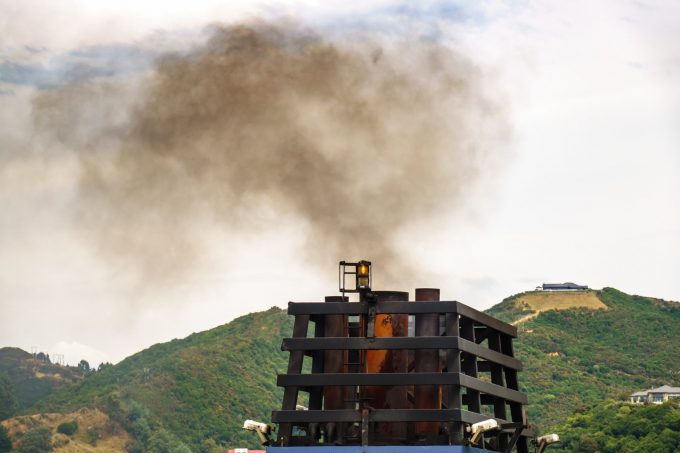CMA CGM targets auto sector via Ceva ro-ro transhipment services
Transporting finished vehicles appears to have become a new growth bet for cash-rich mega-container lines ...

Carbon pricing could rise to as much as $360/tonne in the 2030s, according to a Getting to Zero Coalition (GtZC) report published today.
But the addition of LNG powered vessels, which emit the potent methane gas, could see costs rise even higher..
Closing the Gap offers an outline of the policy options available to regulators that will encourage vessel operators to switch from carbon-based fuels to zero-emission energy.
The Getting to Zero Coalition is a partnership between the Global Maritime Forum, the Friends ...
Trump tariffs see hundreds of cancelled container bookings a day from Asia
'To ship or not to ship', the question for US importers amid tariff uncertainty
'Disastrous' DSV-Schenker merger would 'disrupt European haulage market'
'Chaos after chaos' coming from de minimis changes and more tariffs
Forto 'sharpens commercial priorities' as it lays off one-third of staff
List of blanked transpac sailings grows as trade war heats up and demand cools
EC approves DSV takeover of DB Schenker
Overcapacity looms for ocean trades – with more blanked sailings inevitable
Amazon Air’s metamorphosis: 'a different air cargo unit from two years ago'
Shippers in Asia restart ocean shipment bookings – but not from China
India withdraws access for Bangladesh transhipments, in 'very harmful' decision
'Tariff hell' leaves industries in limbo – 'not a great environment to plan'


Comment on this article